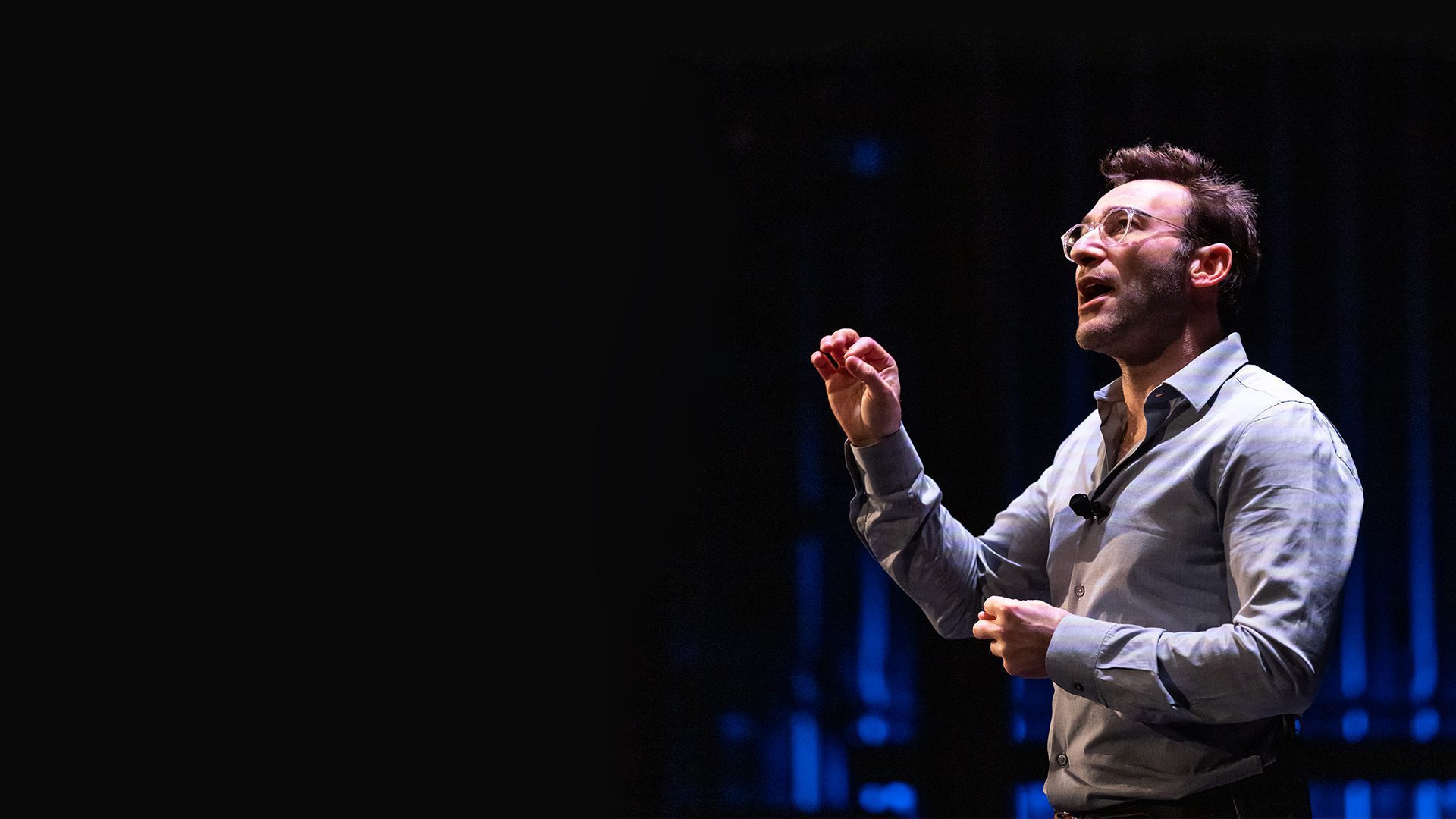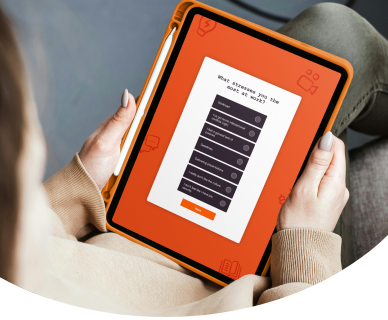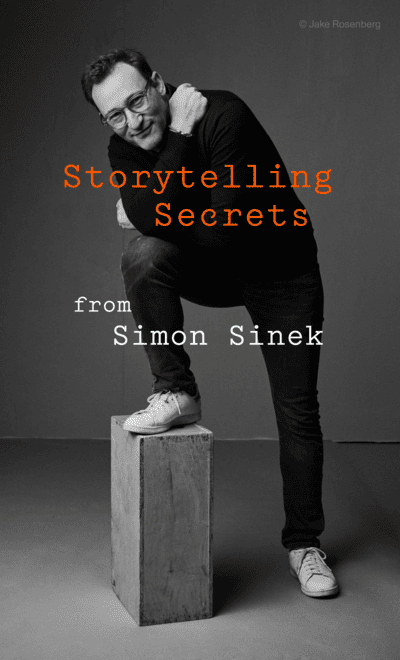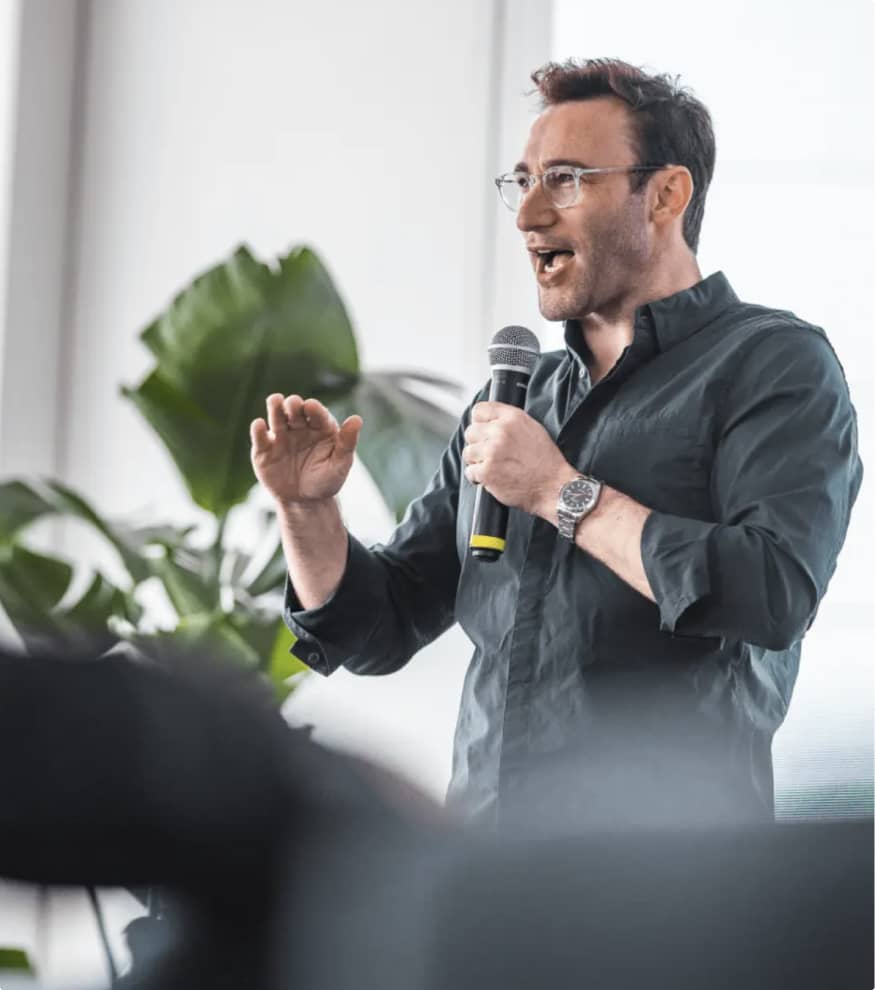Knowing how to start a presentation is a critical skill when delivering a speech to any audience or any setting, whether it’s a boardroom, an auditorium, a classroom, or even a rehearsal dinner. Not only does a successful start help settle your nerves, but it also builds confidence.
Surprisingly, over 70% of Americans fear public speaking more than death itself, as revealed by a study conducted by the National Institutes of Mental Health. This fear can be traced back to our evolutionary past, says The Harvard Business Review, where being watched triggered a survival instinct to avoid predators. However, with the right techniques and strategies, you can overcome this fear and engage your audience right from the beginning. By implementing effective opening techniques, you can capture attention, establish credibility, and set the tone for a memorable and impactful presentation.
With the guidance of Simon Sinek, we’ll share valuable tips on how to start a presentation the right way, instantly engaging your audience and winning them over. So, keep reading and get ready to shine!
And if you’re eager to learn everything about delivering an amazing presentation, including advanced storytelling techniques, practical exercises, and expert PowerPoint advice, don’t miss out on Simon’s bestselling course, The Art of Presenting. Click here to explore it further.
Tip One: Transform your nervousness into excitement
Simon emphasizes the significance of reframing our nervousness as excitement, and he is not alone in this belief. A study published in the Journal of Experimental Psychology demonstrates that shifting our mindset from “feeling anxious” to “feeling excited” can have a positive impact on our outlook, making us feel more optimistic, confident, and in control.
As Simon explains, the physiological symptoms of both emotions are nearly identical. It is our mindset and how we choose to interpret these physiological responses within ourselves that can make all the difference. By embracing the idea that you are excited rather than nervous, you can harness that energy in a positive way and captivate your audience right from the beginning.
A simple technique to employ is to look into the mirror and say aloud, “I’m excited!” This small action can go a long way in helping you start your presentation and get into the flow.
Tip Two: Always Start with WHY
If we had to guess, you’ve probably endured countless presentations that begin with the same old boring stuff. “Today, we’ll be discussing the KPIs…” Or, “Hello, my name is Bob, and I will be presenting a comprehensive overview of the quarterly sales data.”
But let’s break free from the monotony! Instead of following the crowd, let’s explore a more captivating approach to starting a presentation. So, how do you start a presentation in a way that truly engages your audience?
According to Simon, the key is to artfully incorporate your WHY. In his bestselling book, Start with WHY, Simon introduces the concept of the Golden Circle, which consists of three layers: your WHATs, your HOW, and your WHY. While all three are important, Simon emphasizes the significance of the WHY. Your WHY is the driving force behind your HOWs and WHATs. It’s your purpose, cause, or belief that sets you apart. (If you’re interested in discovering your WHY, check out our course here.)
By infusing your presentation with authenticity and purpose, you instantly grab the audience’s attention and create an emotional connection. In fact, one study published by Stanford University has shown that “the top 10% of authentic speakers were considered 1.3 times more trustworthy and 1.3 times more persuasive than the average communicator.”
So, let’s leave the mundane introductions behind and embrace the power of starting with your WHY. It’s time to captivate your audience from the very beginning and make your presentation truly memorable.
Tip Three: How to Choose a First Sentence
According to Simon, there are several effective ways to start your presentation: with a question, a surprising fact, a bold statement, or by telling a story. These strategies instantly capture the audience’s curiosity and motivate them to pay attention, eagerly seeking answers throughout your presentation. So, how do you start a presentation in a way that truly captivates your audience?
Take, for example, author Susan Cain, who begins her TED Talk on the power of introverts with the line, “When I was nine years old, I went off to summer camp for the first time.” By launching into a personal story that illustrates a key point from her talk, she establishes a connection with the audience right from the start, as they can relate to the shared experience of summer camp.
When it comes to storytelling, specificity is key in capturing your audience’s investment in your message. In fact, a study conducted in 2009 revealed that emotionally engaging narratives inspire post-narrative actions. This means that if you can tell a story that resonates with your audience, they will not only remember your presentation better but also be more inclined to act upon your intended message.
So, when considering how to start a presentation, remember the power of a well-crafted question, a surprising fact, a bold statement, or a compelling story. These techniques will help you grab your audience’s attention and set the stage for a memorable and impactful presentation.

Tip Four: How to Start a Presentation the Wrong Way
You’re Using Jargon
To avoid alienating your audience, refrain from using jargon or technical terms that may not be universally understood. The key to effective communication is making your audience feel included and part of the conversation. Therefore, use familiar terms and take the time to explain any unfamiliar ones, ensuring that everyone feels engaged and included in your presentation.
You’re Memorizing Your Material
Memorization can hinder your ability to connect with your audience authentically and make you sound robotic. Instead, focus on deeply understanding the key concepts and ideas you want to convey, allowing for flexibility and natural conversation during your presentation. Studies have shown that being intimately familiar with your material, rather than relying on memorization, better prepares you to speak confidently and effectively.
You’re Relying Too Much on Your Slides
While slides are a common tool in presentations, it’s important not to rely on them as a crutch. Your visuals should support your message, but it’s your responsibility to deliver it effectively. Depending too heavily on slides can lead to failure if technical issues arise or if you forget necessary equipment. Being well-versed in your topic reduces the need to rely on slides to speak on your behalf.
You’re Expecting Perfection
Perfection is unattainable, and it’s important to remember that mistakes can happen to anyone, including yourself. Whether it’s a technical glitch or a momentary lapse, embrace the fact that we are all human and errors are a natural part of the process. As Simon can attest, nobody is immune to making mistakes.
Tip Five: How to Present Your First PowerPoint Slide
Using slides and visual aids can enhance your presentation, as 65% of individuals learn best visually. To make a strong first impression, create a visually appealing slide that provides a clear overview of your topic. Avoid clutter and excessive text, opting for graphics and key points that engage your audience. Remember, knowing how to start a presentation can be daunting, but with the right mindset and preparation, you can succeed.
DO This:
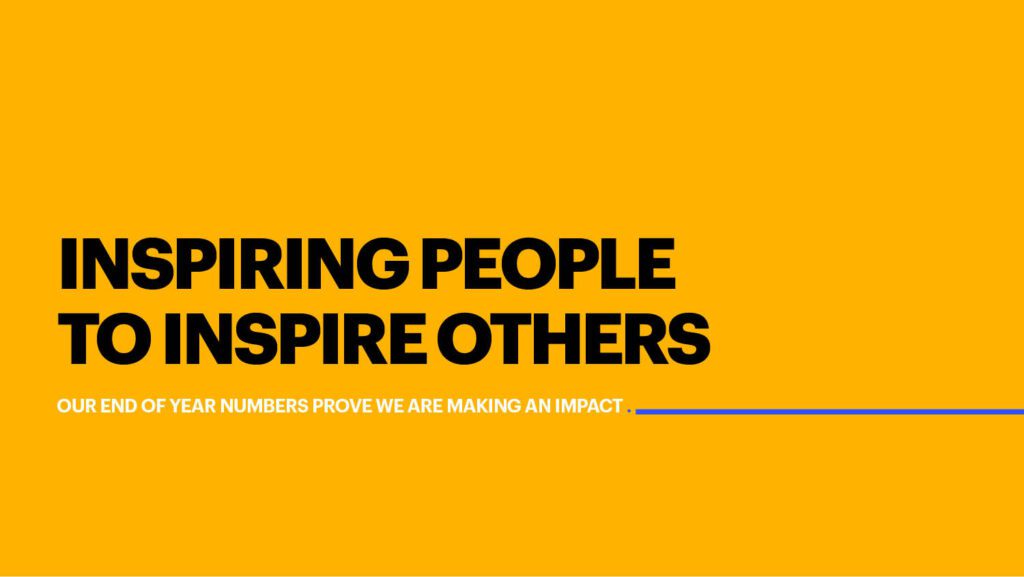

NOT This:
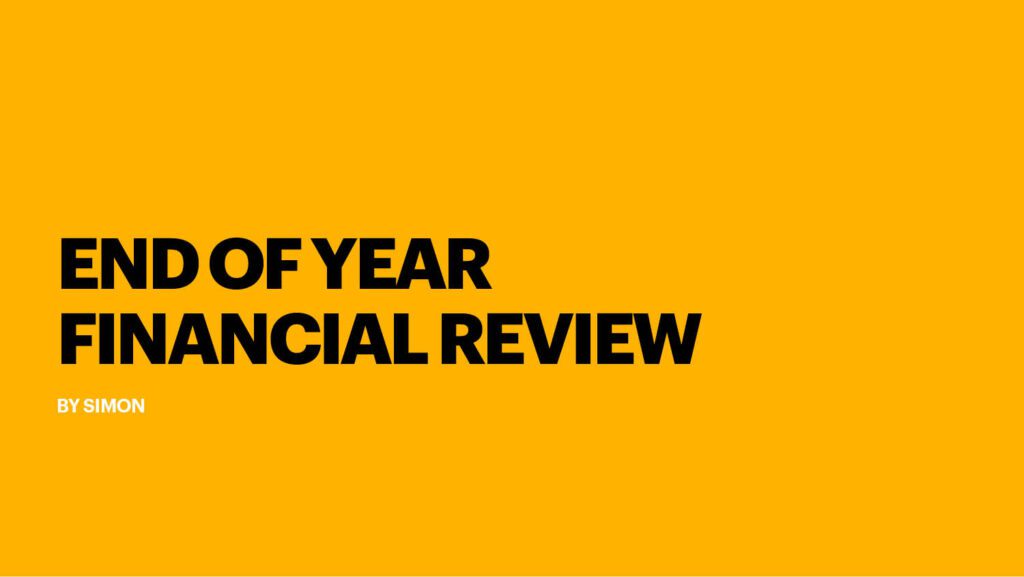
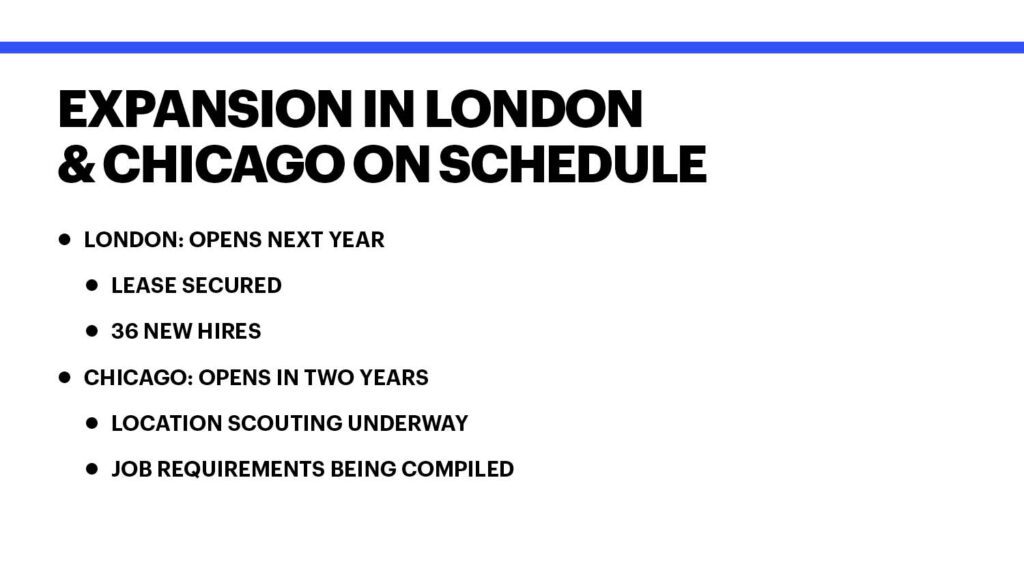
Now It’s Time to Take Action!
If you’re eager to become a master presenter, there’s a whole world of skills and techniques waiting for you to explore. Dive deeper into the art of presenting by enrolling in The Art of Presenting with Simon course. This comprehensive program covers everything from preparation and storytelling to creating impactful slides. Embark on your journey towards delivering unforgettable presentations today!
For more on The Art of Presenting, click here.
